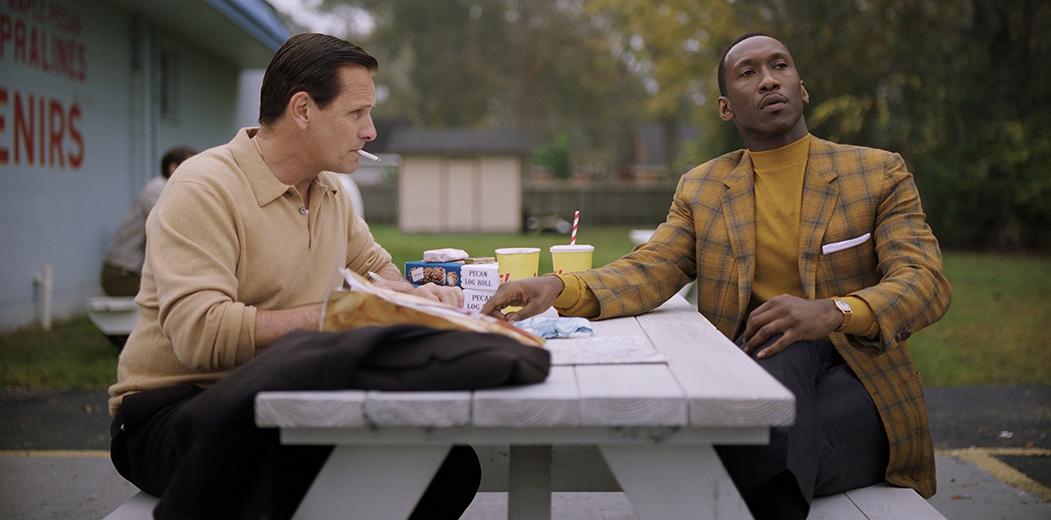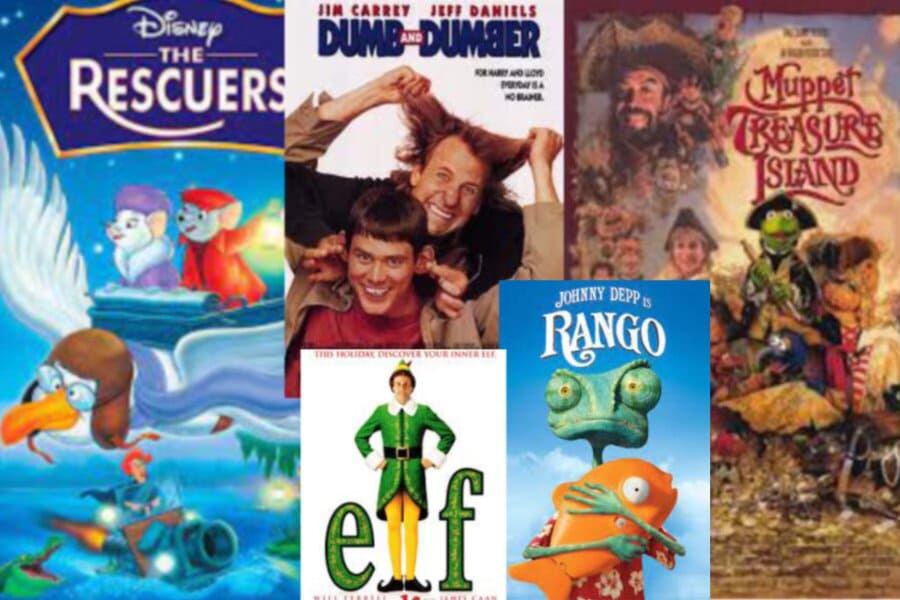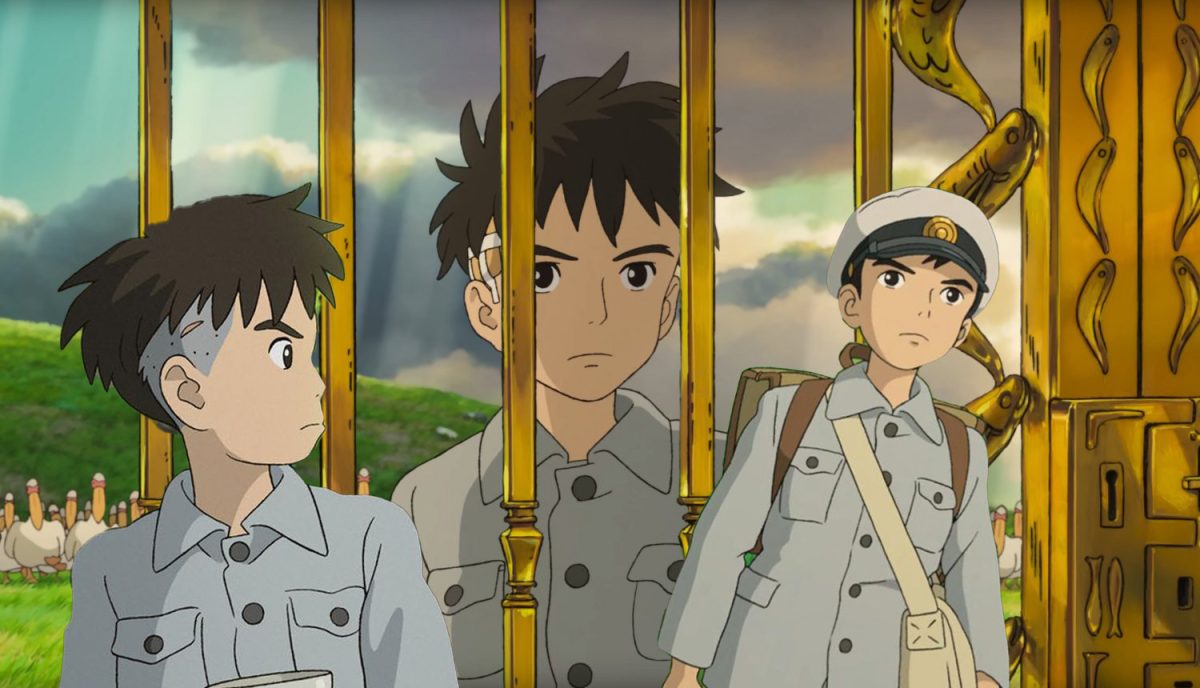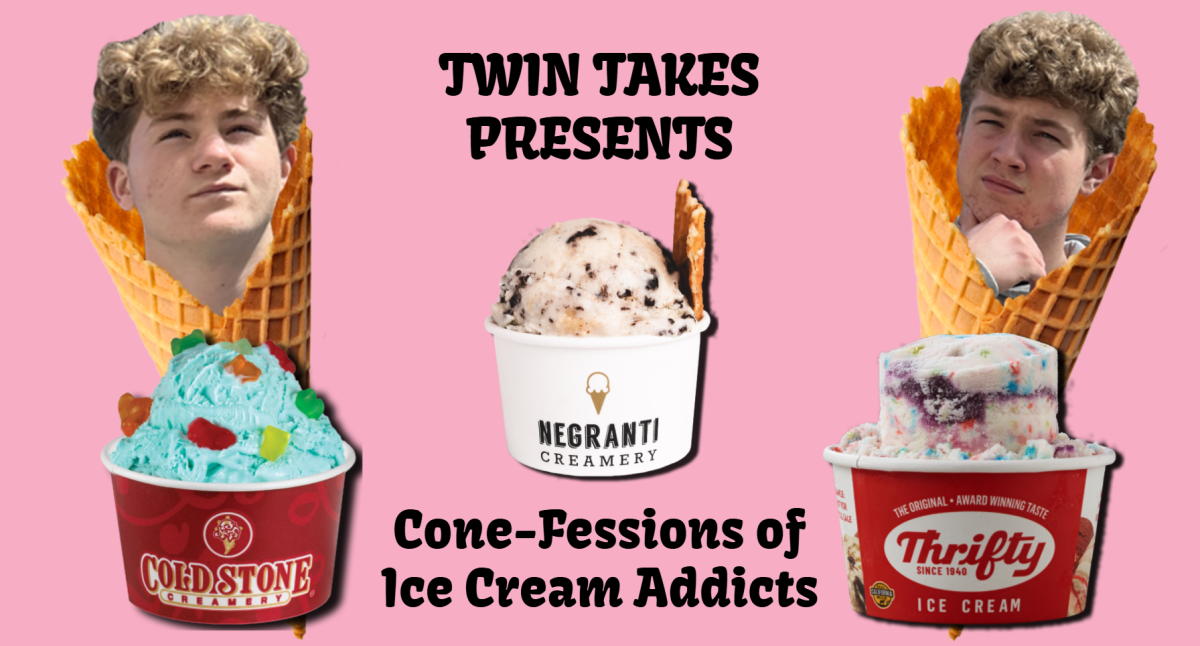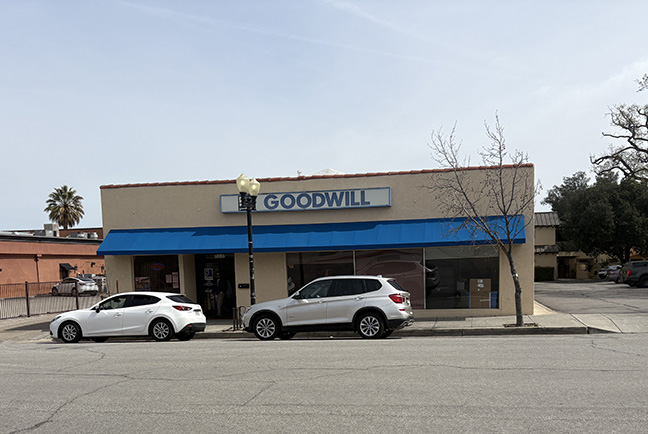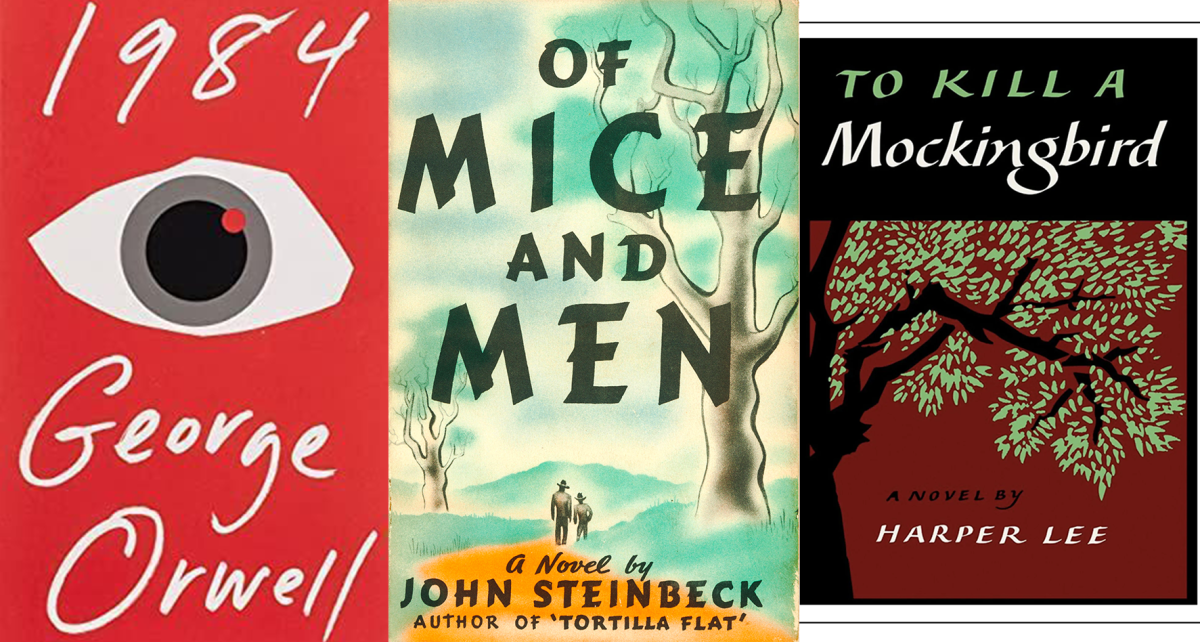Best Picture winner Green Book forms a rich, compelling narrative
At first glance, Green Book, a movie about finding harmony in the deep racial tension of the 1960s, may seem quaint. A tale of a black and a white man meeting and becoming friends is hardly new, after all. Yet, Green Book takes those initial expectations and deftly recreates a true story to solidify itself as a unique, engaging film in its own right. The Academy Awards last February seemed to agree, bestowing upon it the Best Picture award.
Green Book, a dramatic comedy directed by Peter Farrelly and starring Mahershala Ali, Viggo Mortensen, and Linda Cardellini, takes place across America in 1962. Mortensen plays the part of Tony Lip, a rough-and-tumble Italian bouncer who lives with his wife and two children in New York. Eventually, he’s offered a job as an aide and a chauffeur for a worldly African American named Don Shirley, the role being filled by Ali. After initially scoffing at the idea, Tony reluctantly joins Don on his music tour across the South, the two forming an odd friendship despite their immense differences.
The film is surprisingly filled with lighthearted moments for what seems to be heavy subject matter. Mortensen offers a compelling image of an unrefined but good-hearted New Yorker, his accent coming across as almost comical, but still respectable for the role. Combined with Ali’s excellent portrayal of a severe, almost-stoic character that lightens up a bit over time, the two have clear chemistry throughout Green Book. Both actors appear to genuinely enjoy their roles and their interactions feel smooth and natural.
Pacing is an essential part of any enjoyable movie, and Green Book fulfills this exceedingly well. Initially, the pace is rather steady as the characters are introduced and the plot begins to take small steps. However, the aspect that adds most to the film’s portrayal is how Tony and Don travel first from their comfortable home of New York and gradually progress further down south, where treatment of Don as a black man progressively becomes more confining.
Green Book quickly establishes Tony’s flaws as the main character: he’s very blunt, slightly dishonest, and rather prejudiced, considering he was shown to throw out a pair of glasses two black men visiting his home drank out of towards the beginning of the movie. Despite this, he’s shown to become more concerned for Don’s well-being later on, refusing to back down against a man who calls Don a slur to Tony’s face and wholeheartedly agreeing to cancel one of Don’s music performances later on because the musician is disallowed from eating at his own event.
This is not to say that the film is without its flaws. Occasionally, the film represents its setting with more words than actions, making it a bit less realistic than the time period would necessitate. This can become slightly tedious, and the writing suffers a little in the area. Beyond the wordiness, the shortcomings are minor, thankfully. This is largely due to the skill that Farrelly and the writers display in creating a comprehensive picture that leaves almost nothing uncovered – a film worlds different from the American director’s well-known 1994 comedy, Dumb and Dumber.
Despite minor stylistic flaws, Green Book is, altogether, a very enjoyable and unique film. Using its slightly cliched premise and thereby the audience’s expectations to its advantage, the film proves that the creation of a fresh narrative using common material can be pulled off – and win an Academy Award while doing so.

